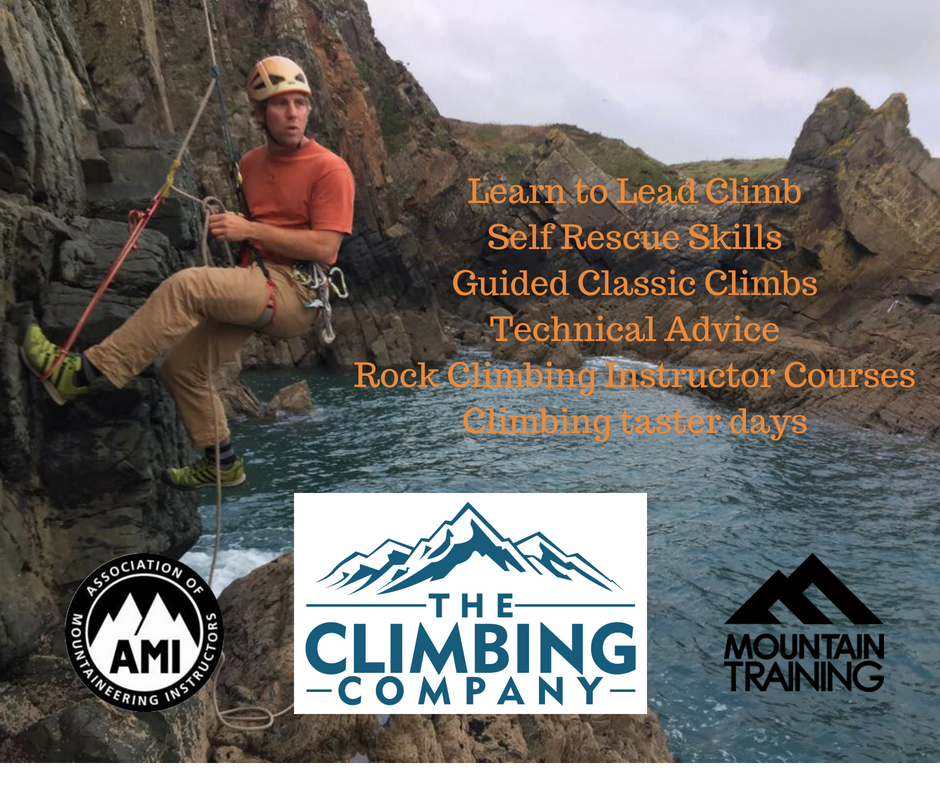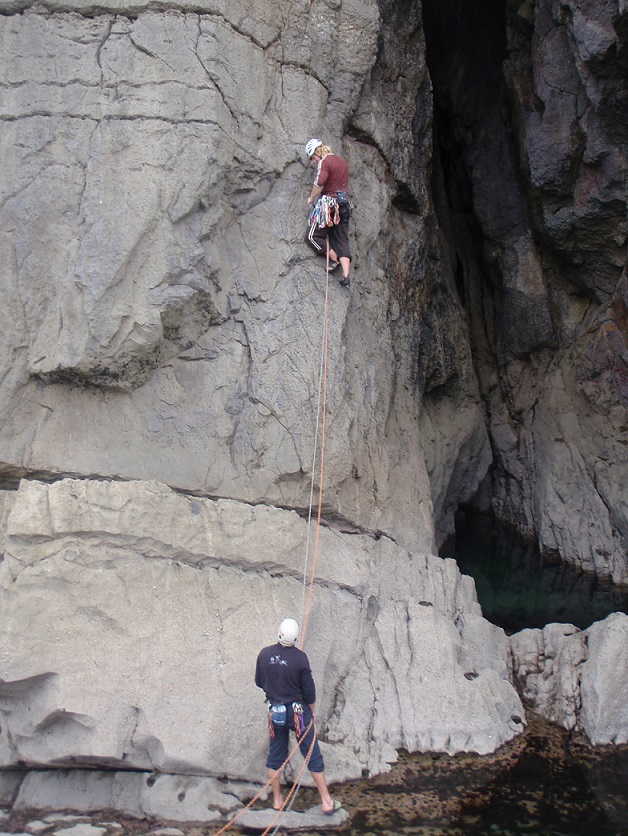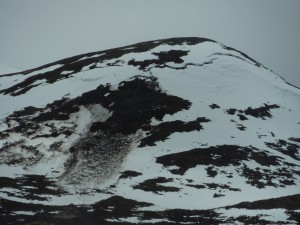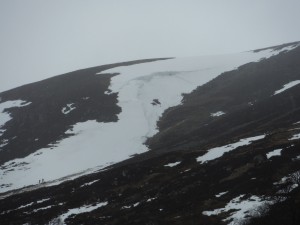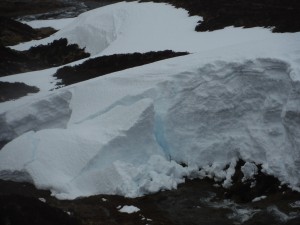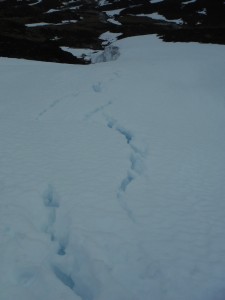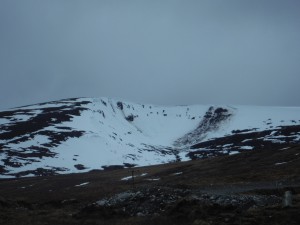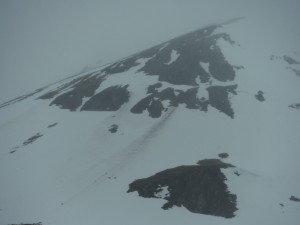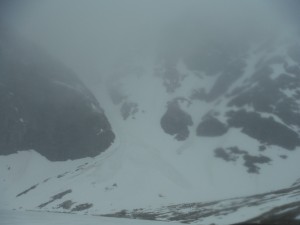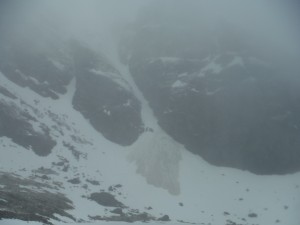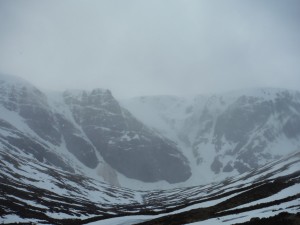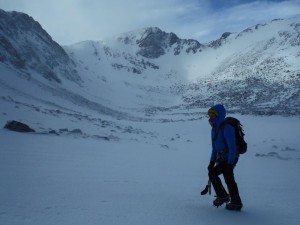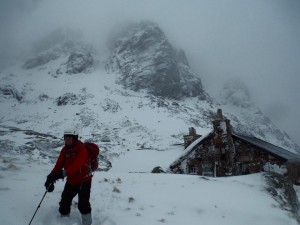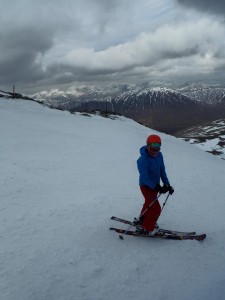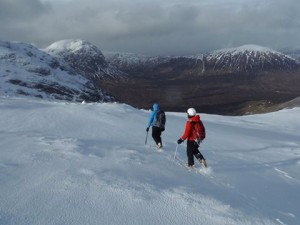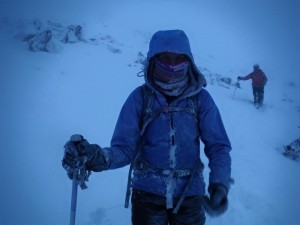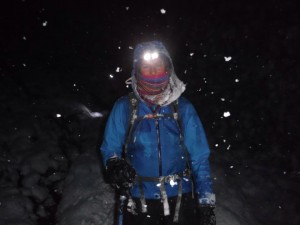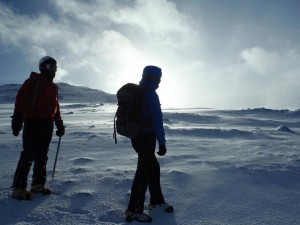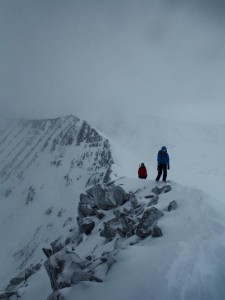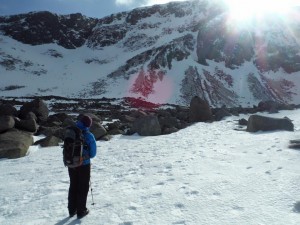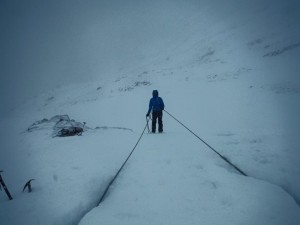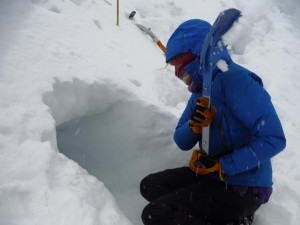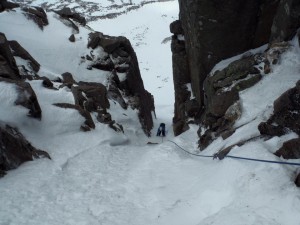This article details loads of the sea cliff climbing skills you’ll need to plan and survive a day out climbing on the sea cliffs!
Sea Cliff Climbing Skills – all you need to know.
Before we get going:
CAN YOU? Prussic up a rope? Tie off your belay plate? Escape the system? Hoist a stuck climber? Ascend and descend past a knot? Lower past a knot? – These skills should be learnt by any Sea Cliff Climber, but there’s loads more to it! So, here’s the basics…
Most people don’t start out sea cliff climbing. For the majority, their introduction to climbing comes in the form of visits to a local indoor wall, before venturing out onto single pitch crags such as Stanage, where you can park your car, saunter the 5 minutes up to the crag (with full view of it at all time), peruse the guide book, do a route and casually wander round back to the bottom. Your weather worries are purely if the rock is dry or not.
It’s amazing and you can get so much done in a day – but what if you fancy having a go at some sea cliff climbing? It’s quite a big step up, with a whole plethora of new skills needing to be learnt, practiced and perfected in order to have a safe, productive day out. Even the smaller ‘single pitch’ sea-cliffs can catch the unwary out.
But given the right conditions, the right knowledge, the correct equipment and skillset, some of the best, most rewarding days of your climbing life can be had on the sea-cliffs.
In this article, I’m going to try to give a rundown of the new skills you need to develop and the things you need to take into account on them there cliffs…
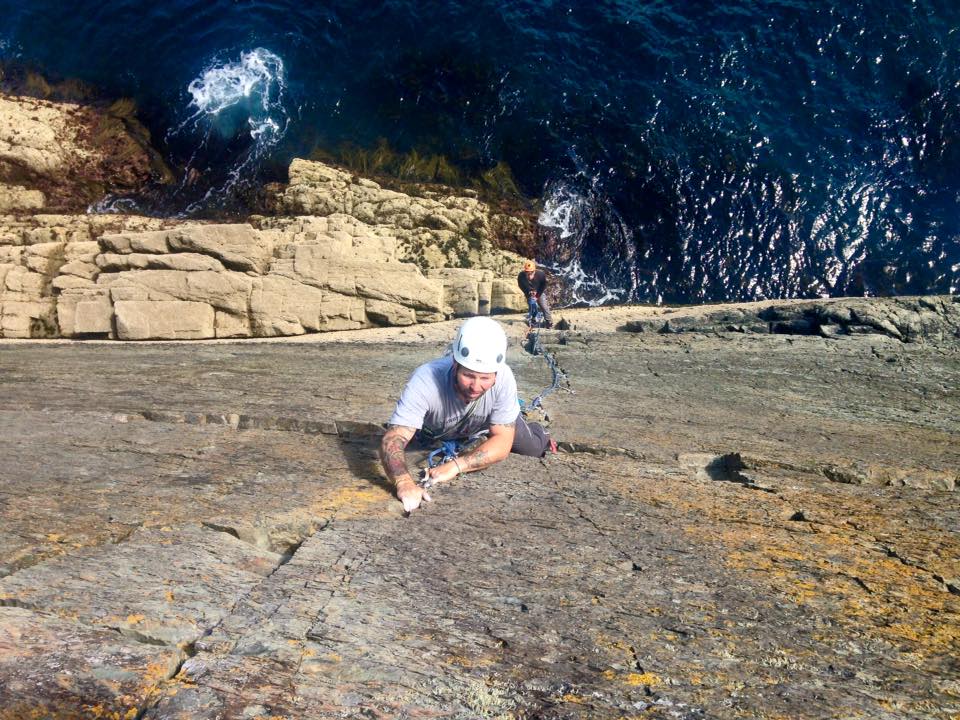
Learning Sea Cliff Climbing skills on a course in Pembrokeshire
Before you go…
Tides, swell, bird bans, bombs, spring, neaps….
You might have come across some of these things before. Certainly, bird bans are rife on the crags – but nesting sea birds mean many crags are out of bounds at certain times of year. This one’s simple, get on the BMC’s amazing RAD (regional access database) and check out where you want to head. The same goes for military firing ranges, especially here in Pembrokeshire. Some are accessible outside of firing times, others you have attend a Range Briefing to be able to enter. Follow the RAD and BMC advice, plus local signs at the car-parks and cliffs themselves – we don’t want to damage our access…
Tides and the whole sea side of things aren’t so easy to get your head around…
The level of the sea goes up and down (tides). There’s a low tide, then 6 hours later there is a high tide. Repeat. The tides progress a little each day, so the times change. Dorset has funny tides, so is an exception to this rule. I’ll tell you where to find this info in a bit..
Every two weeks a full moon brings us Spring tides, and the range (difference between high and low) is at its greatest. In some areas this might be nine metres difference – I still can’t comprehend how the moon does this! When we are not on springs, the tidal range is smaller, and where the range is smallest we are on Neap tides. Having a knowledge of this is of vital importance if you’re going Deep Water Soloing, but to trad climbers it tells us if we can access the routes without having a hanging belay, or where to abseil into, and where the water level will be in relation to our route.
I don’t want to lose you with all this talk of water when we want to go climbing, but it’s useful to note that the speed the tide comes in and goes out varies as to what stage it’s at. This is important as it tells us “if I belay here now how long have I got till I get wet?”! This is called the rule of twelfths. I won’t go into much detail (Google it for more info), but basically there is a lull in the speed of water coming in and going out in the couple of hours around the peak of high and low tides, and it comes in quicker between these times. Sometimes disturbingly quick! At some point in your sea-cliff climbing career you WILL get wet due to this!
Swell. Sometimes it’s flat as a pancake, but at times the sea around our small island can produce some big old waves… Having a squint at the predicted swell height (or even a relevant surf web-cam) can save you from getting a soaking, or finding the rock wet even though it hasn’t rained…
The distance between the top of each wave’s high point is called the wave period. Wave period is measured in seconds, and can be low – for example, four seconds; or large, even up to twenty seconds or more. The longer the period, the more power in the waves, hence why a 3 foot wave on 4 seconds is a very different beast to a 3 foot wave on 18 seconds… Again, being aware of this can help you avoid a soaking! Even those belay ledges 30 feet up a cliff aren’t immune to getting wet!
Both the tides and the swell can be found on Magic Seaweed, a surf forecast website – just find the nearest relevant surf spot for the crag you want to visit. You may need to make some adjustments to get exactly the right tide times for your crag if it’s some distance from the surf spot. Tide tables can be found on the web or bought locally. An obviously just like the weather – this is only a forecast and things can be different!
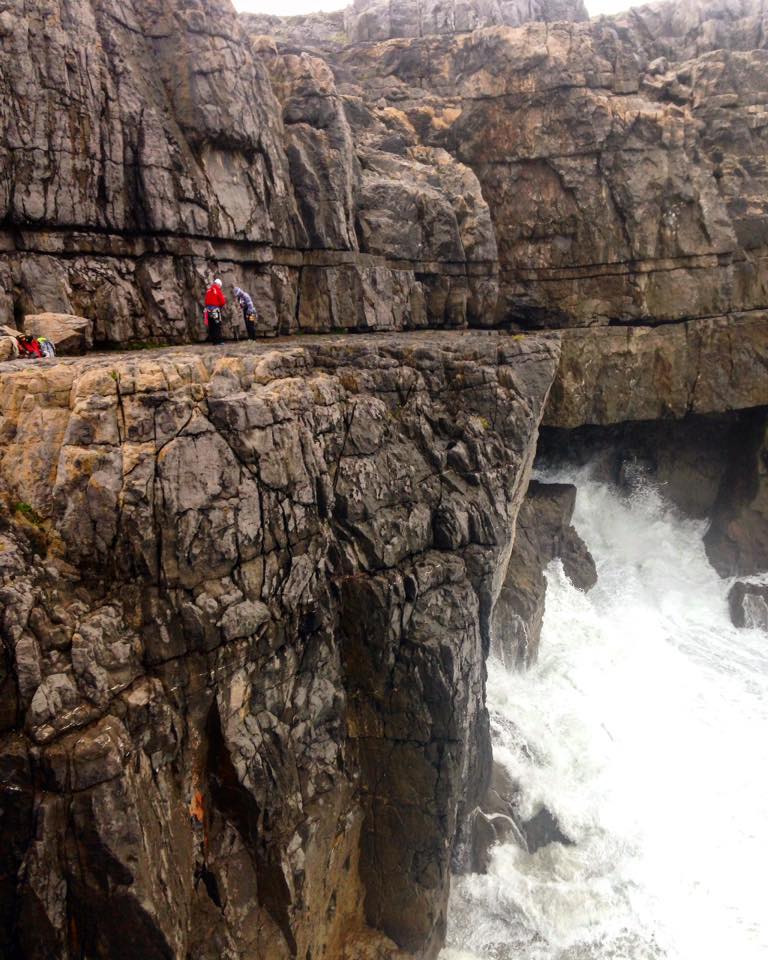
Big Swell running near St Govans
Now then, let’s get to the crag….
1. Where is this cliff anyway?!
Well that’s the start of it – you can’t walk to the bottom of the crag (OK sometimes you can!) so you can’t see it until you’re on it. This means reading and interpreting the guidebook to find your route, or abseil line, is a fundamental skill. Guidebooks are getting better and better, but I have, on more than one occasion, wandered around for hours without successfully finding the place I want to be! So, take your time, analyse the book, tick off features as you go, perhaps look at the map and grid reference. And if you get lost or go the wrong way, don’t worry – we’ve all been there!
2. So I’ve found the cliff – what now?
In the ideal world, there would be an easy walk or scramble down, but that’s no fun – so let’s look at how to use the rope to safeguard our descent. To abseil down would be the norm, leaving a fixed static rope down the ‘normal’ descent, which are usually indicated in the guide.
We tend to use static rope as it has less stretch than a lead rope, thus reducing the chance of it rubbing over edges. Using a rope protector and some good anchors is a wise choice! There may however be occasions when you have nothing but a rusty old stake in the ground as an anchor, so developing your own sound judgement is crucial.
What device you use to abseil down is up to you, but it’s imperative that you use a prussic to back yourself up (you may need to go hands free to set up a hanging belay etc). Don’t forget that all important knot in the end of the rope so you avoid the embarrassing situation of abseiling off the end of your rope.
Only use length of rope you need to get to the bottom to avoid tangles, but if you cannot see the bottom you may need to take the whole length down. There’s never any excuse for being sloppy and just chucking all the rope down. At some point in your climbing career this will get you in a spot of bother! Either carefully lower the rope or even better, abseil with it coiled over you or in a bag and drop it down as you go. If you stop to untangle the rope, build a belay or check out that crucial gear placement, be sure to tie a quick overhand knot in the rope below your prussic, as your hands-free back up.
Make sure the excess rope at the bottom is nice and neat, and will pull up from the top cleanly and not get caught. Be aware of the sea coming in and washing the rope away. If the tide is threatening, lay it on a ledge further up the cliff.
We leave the rope in-place should we need to escape back up it, if we can’t climb out for instance, so I often take a gri-gri and jumar with me. This will make your life infinitely easier should you need to ascend back up that rope. Learn how to use them properly, but also how to get back up safely with just a couple of prussics… This is a very important skill, if in any doubt about this or other skills mentioned here – book yourself onto a course run by a member of the AMI. I end up rescuing people on a fairly regular basis whilst I’m out working as they don’t have basic skills like these..
Often you might abseil down and find no ledge to stand around on. The safest thing to do is to stay on the abseil rope until you’ve made a belay (remember that back up overhand knot below your prussic if you go ‘hands free’). Consider using slings, or perhaps even the abseil line, to equalise the belay rather than the climbing rope if you’re doing a hanging belay as it can be handy to have a master point to clip into.. Just make sure your mate can still get down the rope and to your belay. Its much easier for the second to go down first and arrange the belay as that’s where they’ll stay, and for the leader to come down second, tie into the rope, get some gear in then come off the ab rope once they are on belay and hey-presto you’re good to go!
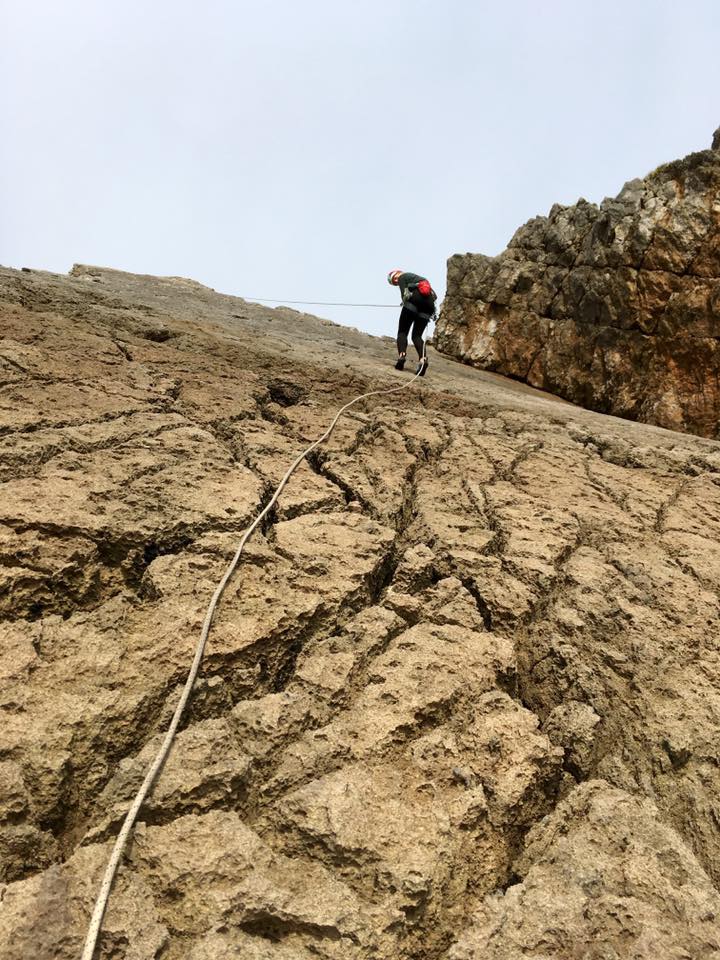
Abseiling into a Pembrokeshire sea-cliff
3. Let’s go sea cliff climbing!
Surrounded by thundering waves and cannon-like booming, or tranquil and azure waters with all sorts of marine life bobbing around, you will have very different experiences depending on the sea and weather conditions – but every experience will stick far more vividly in your mind than any trip to Stanage! A few words of warning here:
– Consider using a bandoleer if you’re moving around at the base of the cliff un-roped. If you fall into the sea with all the metal gear on your harness you will drown – at least you can whip off a bandoleer more easily.
– If un-roped at the bottom, be very aware what the sea is doing. Don’t keep your back to the waves the whole time. The unwary have been caught out by random large waves, never to be seen again.
– When seconding, leave the gear clipped onto the rope until it’s out of the rock when putting it on your harness. Ideally unclip it from the rope only after it’s safely on your harness. Kit dropped into the sea never to be found again can cause a costly day!
– Beware of birds! We’ve mentioned bird bans, but even cliffs outside of these can have resident birds. Hands in guano, projectile vomiting and dive bombing are all things you can look forward to…
– During seal pupping season it’s best to stay away from certain areas – or at least make no noise. Check locally where and when this is.
– Any fixed gear you come across (slings, pegs, old bolts and assorted ironmongery) will have been affected by the salt in the air. This will cause it to corrode much quicker than on an inland crag, so treat all with great respect and don’t assume it’ll hold a fall.
– As you can’t just nip to your bags, it’s worth having some essentials in pockets – maybe some food and a phone, certainly if you’re on a multi-pitch, so you can raise the alarm if needed. People have been known to spend entire nights on sea cliffs because no-one knew they were there and in trouble!
What if?
You’re on a big sea cliff remember? If you can’t get up the route you can’t just lower to the ground and walk away… Hopefully you’ve left your abseil rope in place and you know how to safely get back up it with your tail between your legs? What if your mate falls off and hurts themselves, or if the tide starts coming in quick and you get cut off?
Sea cliff climbing is probably, at least in part, so rewarding due to the increased seriousness of the situation you’re in. The “out there” feeling… But these climbs demand that you develop your skillset to be able to deal with certain situations should things go awry. These skills are best learnt under the watchful eye of an Instructor, as there is very real scope to mess things up and hurt yourself.
# CAN YOU? Prussic up a rope? Tie off your belay plate? Escape the system? Hoist a stuck climber? Ascend and descend past a knot? Lower past a knot? – These are just a few of the important skills to learn. Be honest with yourself and up-skill. It might just save you or your mates life one day…
Learn them in Pembrokeshire with us!
Many cliffs are less serious, so pick your first forays wisely and you’ll be OK, you’ll have an unforgettable time and climb some truly amazing routes. Who knows, you might even see a pod of dolphins bobbing along as you’re belaying your mate with the sun shining in your face….
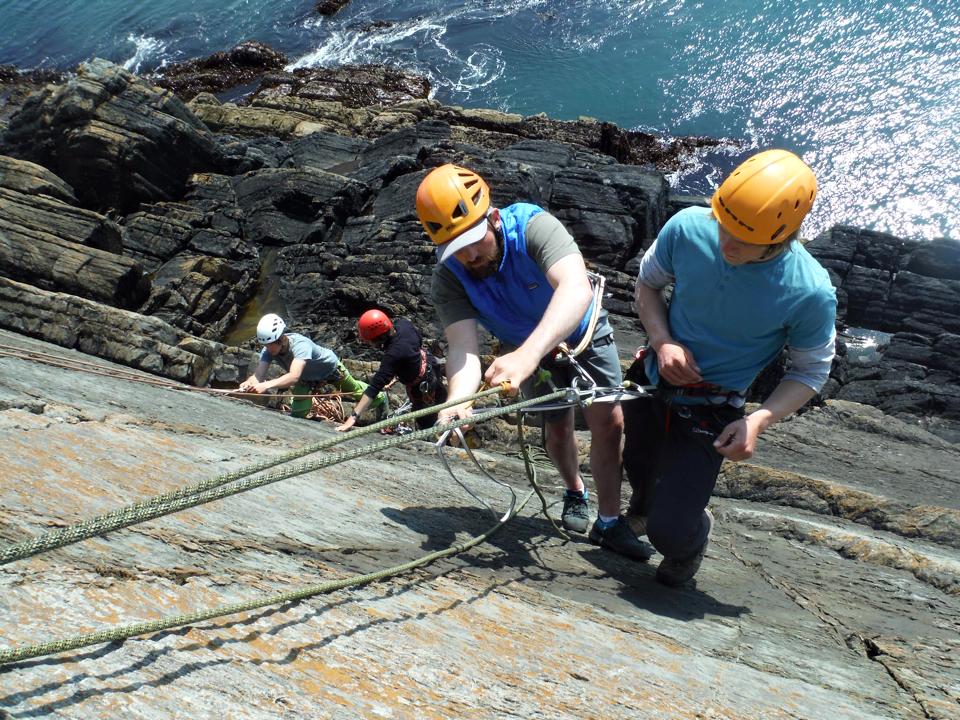
Teaching self-rescue skills to a group of climbers in Pembrokeshire
